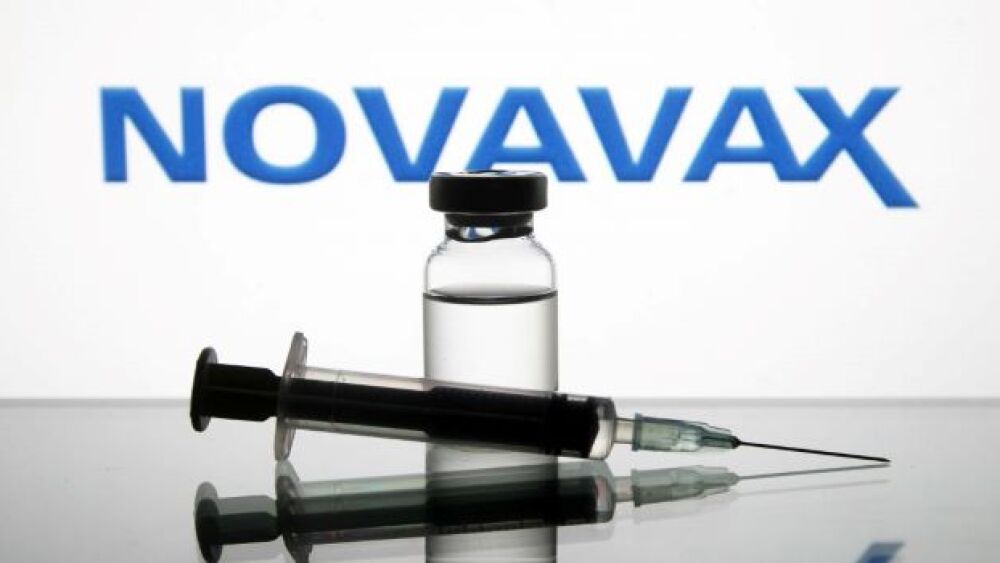With more than 130 COVID-19 vaccines in development around the world, many of them are bound to fail. When they do, will that erode the public trust in the vaccines that are approved? The answer largely depends on where in the development cycle the vaccines fail and the scope of their failure.
With more than 130 COVID-19 vaccines in development around the world, many of them are bound to fail. When they do, will that erode the public trust in the vaccines that are approved? The answer largely depends on where in the development cycle the vaccines fail and the scope of their failure.
There’s no guarantee than any of the vaccines being developed now will succeed. Anti-infective drugs, including vaccines, have higher chances of being approved than other categories, but the failure rate is still high. For perspective, drugs in Phase I trials have only a 10% success rate, while vaccines may be as high as 22%. Drugs in Phase III trials have a 62% success rate, which still means that nearly 40% of those drugs fail to be approved.
ad
Researchers are improving the odds of having a vaccine of some sort ready by working with multiple platforms to target the SARS-CoV-2 virus. Seven approaches are being used: DNA, RNA, inactivated virus, live attenuated virus, nonreplicating viral vectors, replicating viral vectors and protein subunits. This means the public will have some degree of choice when it comes to COVID-19 vaccinations.
Some of these may be more effective than others. The CDC defines “effective” as “preventing medical outpatient visits.” For perspective, the seasonal flu vaccines typically are about 50% effective, according to the CDC. The 2018-2019 vaccine was only 29% effective.
It’s possible – but not proven – than even vaccines that are less robust than some of their competitors may confer some degree of protection. Whether this will be true for COVID-19 “is a crystal ball question,” Thomas Lingelbach, CEO, Valenva, told BioSpace. “I do expect there to be sufficient safety monitoring to ensure the vaccines are safe before going into humans. Then it will be a question of proving efficacy and effectiveness.
“In the real world,” Lingelback continued, “caregivers will vaccinate and see if that vaccine reduces cases. It will be a race between vaccination and the reappearance of the virus.” In the absence of controls, “it will be hard to measure effectiveness and efficacy.” He suggested that regulators will begin to identify immunological correlates, such as matching the protective titers of those who have recovered from COVID-19 with those vaccinated, to prove vaccination efficacy.
Changing the minds of those hesitant to be vaccinated isn’t easy, and it doesn’t occur quickly. It requires deep knowledge of the target audience and a long-term investment in multifaceted interventions, World Health Organization (WHO) researchers Katrine Bach Habersaat and Cath Jackson report in the German journal Bundesgesundheitsblatt Gesundheitsforschung Gesundheitsschutz.
The WHO is accumulating research on anti-vaccination subpopulations to understand the concerns and beliefs around vaccines and it working to counter them focusing upon individual capability, motivation and opportunity. A similar education approach may be needed to achieve population-scale vaccination against SARS-CoV-2, using the many vaccines that likely will become available in the coming 18 months.
“Immunization strategies – of which the use of vaccines is the most important – have prevented more premature deaths, permanent disability, and suffering, in all regions in the world, than any other medical intervention,” a paper in PLoS One proclaims. Yet, the public is more hesitant now than at any time in recent history to be vaccinated.
The Washington Post poll, taken at the end of May, indicated that 21% were unlikely to get the vaccine – even if it was free. This is despite 63% saying they were at least somewhat worried they or someone in their family would contract COVID-19. Half of those claiming they would definitely or probably not get the vaccine cited concerns about safety, while 23% said a vaccine wasn’t necessary in this case.
This is part of a larger anti-vaccination trend. Failures in clinical trials or under emergency use authorizations won’t help that. A 2018 released last year by the Wellcome Trust and reported by BioSpace found that, globally, 21% of the 140,000 respondents believe vaccines are unsafe, or don’t know. In the U.S. and Europe, the mistrust or uncertainty accounted for 28% of responses.
This perception results in fewer vaccinations and the “re-emergence of epidemics of mumps, pertussis, measles and chickenpox,” according to a paper last October in the French journal La Revue des Maladies Respiratoires. It noted that safety is the primary concern of people who mistrust vaccinations, followed by distrust of health authorities.
At least some of that mistrust stems from the failure of the1976 swine flu vaccine, which eroded trust in vaccines in general. That vaccine increased the risk of developing Guillain-Barré Syndrome (GBS) by 1 in 100,000. With more than 40 million people already vaccinated that flu season, immunization for swine flu ceased until the risk was better understood. The Centers for Disease Control and Prevention (CDC) still does not know the cause of the increased risk.
Since then, a total of eight vaccines have been associated with increases health risks or have been recalled, according to the CDC. Of those eight, only two were found to have substantiated risks – the1976 swine flu vaccine and the 1998-99 rotavirus vaccine that increased the risk of and intussusception in infants.
In the U.S., less than half of all adults were immunized against the seasonal flu during the 2018/2019 flu season, according to estimates from the CDC. For people age 65 and older, that percentage jumped to 68%.
The severity of symptoms associated with COVID-19 may increase the percentage of vaccinations when a vaccine becomes available. Alternatively, knowing that vaccines were developed in, perhaps, less than 18 months when traditional vaccine development time averages 10 years may make the public exceptionally cautious. We’ll know more next year.






